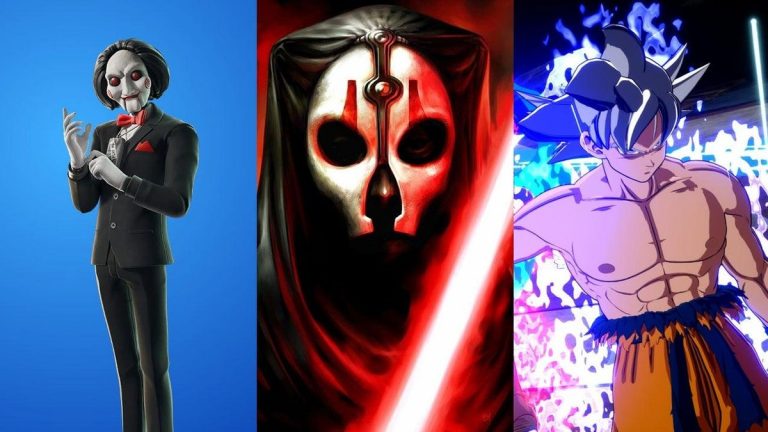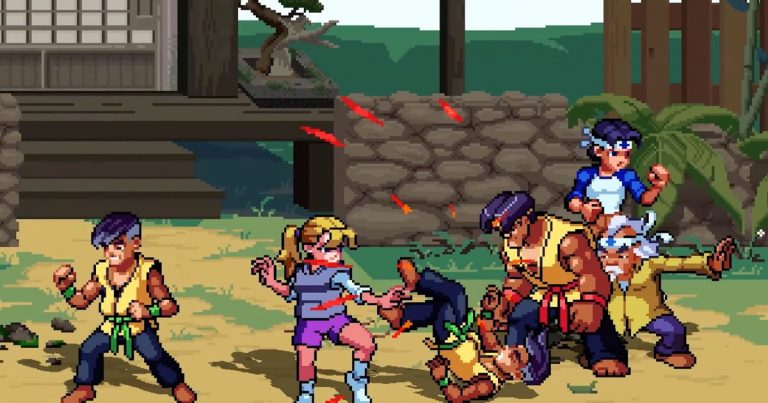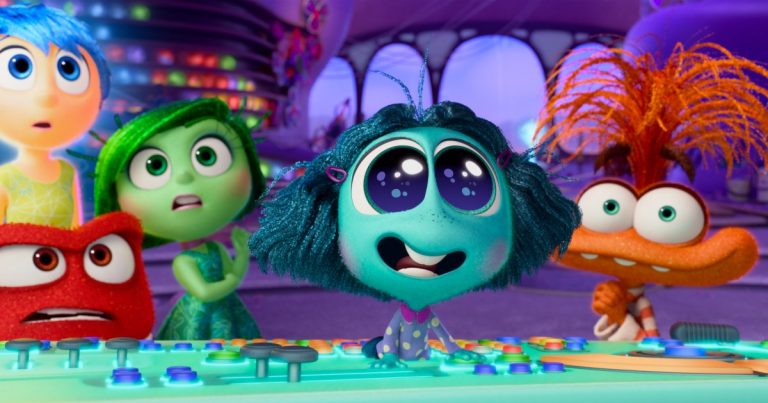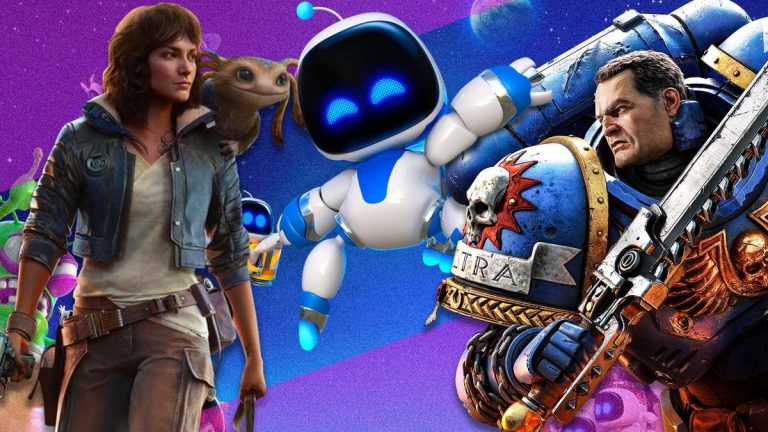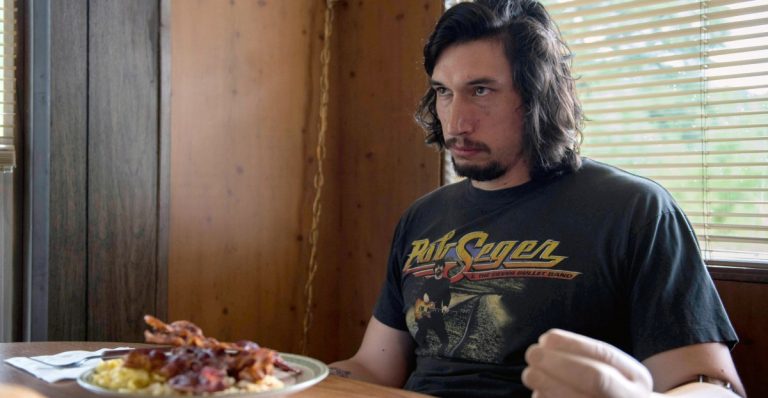Suicide Squad anime is another US superhero story made better by Japan
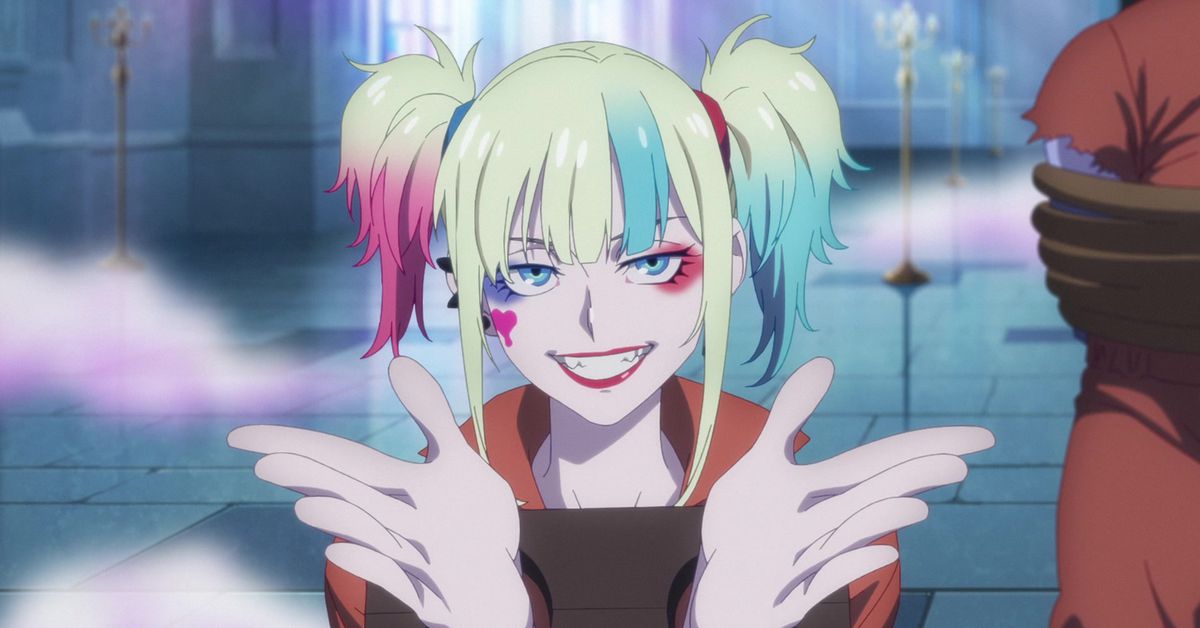
The more you think about it, the more Suicide Squad Isekai makes sense. In the new anime from Wit Studio currently streaming in the US on Max and Hulu, some of DC Comics’ most famous baddies, including Harley Quinn, Clayface, Deadshot, Peacemaker, and King Shark, are thrown into an isekai world of knights, magic, and dragons. As you might expect, the effect is immediately humorous. But it also works in ways that may not seem immediately obvious. Unless, of course, you’re already familiar with Batman: Gotham Knight, because there is a clear path of lessons learned, analyzed, and improved on between that 2008 American-Japanese co-production and Suicide Squad Isekai. And along that path, one might find more examples of Japan improving American superhero stories. Let’s back up a little.
Isekai anime is typically about characters from the modern world being transported into a land of magic. In shows like The Rising of the Shield Hero or Mushoku Tensei: Jobless Reincarnation, this results in disruptive violence stemming from the protagonists’ modern sense of morality or some talent or inclination that was useless in their previous life but which proves surprisingly handy in fantasy settings. The genre’s foundation is a clash of worlds and ideas that results in chaos.
Image: Wit Studio/Warner Bros. Animation
And that entire premise evidently works incredibly well when the protagonists are superpowered scoundrels, especially well-established ones. The villainous cast of Suicide Squad Isekai can immediately get into the bloody heart of the genre by raining down fire, death, and destruction on a fantastical world of orcs and werewolves, not for any gratuitous reasons, but because that is simply their nature, as introduced and explored in other properties. At the same time, director Eri Osada together with writers Tappei Nagatsuki and Eiji Umehara do an excellent job introducing Harley and the gang to viewers who might be seeing them for the first time. They especially nail down their abrasive personalities that result in near-constant squabbling, another common trope of isekai that goes back to the whole genre being built around conflict.
The combination of Suicide Squad and isekai seems like such a natural pairing. It’s surprising that it didn’t happen sooner, especially after the creative forces behind Batman: Gotham Knight proved that letting Japan take a crack at American superheroes pays off in amazing ways. The 2008 anthology film is made up of six segments loosely following a plot developed by Jordan Goldberg, with individual parts written by American industry veterans like Greg Rucka and Brian Azzarello. But each story was directed and animated by Japanese studios like Madhouse, Studio 4°C, Bee Train, or Production I.G, who all put their own unique spins on Batman.
For example, “Have I Got a Story for You” (written by Josh Olson and animated by Studio 4°C) explores Batman as an urban myth: man to some, supernatural creature to others, and something in-between to the rest. In the short, we see him through the eyes of four kids, each encountering the actual character in the real world but projecting their own theories and imagination onto him. So one kid sees him as a shadow demon, the other as a human-bat monster, the third as a robot/cyborg, and the last one as a real, wounded human. Each perception encapsulates a crucial part of the character, but it’s all elevated to new heights through the animation. By using an intentionally unpolished, rough style that makes this segment look very… malleable, the more fantastical elements blend perfectly into the setting, heightening the immersion factor.
:no_upscale()/cdn.vox-cdn.com/uploads/chorus_asset/file/25543960/gothamknight1.jpg)
Image: Warner Bros. Animation/Studio 4°C
:no_upscale()/cdn.vox-cdn.com/uploads/chorus_asset/file/25543962/gothamknight2.jpg)
Image: Warner Bros. Animation/Studio 4°C
:no_upscale()/cdn.vox-cdn.com/uploads/chorus_asset/file/25543963/gothamknight3.jpg)
Image: Warner Bros. Animation/Studio 4°C
:no_upscale()/cdn.vox-cdn.com/uploads/chorus_asset/file/25543964/gothamknight4.jpg)
Image: Warner Bros. Animation/Studio 4°C
A similar thing happens in “In Darkness Dwells” (written by David Goyer and animated by Madhouse) with a hallucination sequence brought on by Scarecrow’s fear toxin, which feels much more organic thanks to a unique animation style that blends realistic and illusory imagery. These are not just the advantages of animation in general, but specifically Japanese animation, which tends to take bigger risks and experiments more with the medium.
The lesson that the team behind Suicide Squad Isekai took from this was to not waste the incredibly rare opportunity to try new things when working on a superhero adaptation not meant to be part of something larger. The Marvel Cinematic Universe has done wonders for superhero cinema, but one of its unintended consequences was a deluge of comic book films that seem to exist not to tell a cool story but to set up a link in a franchise. It sometimes feels like there are no more standalone superhero films in the US, only as-of-yet-unannounced cinematic universes. And that tends to discourage filmmakers from getting too creative, and instead going for common-denominator styles and stories.
A great example of this is the Suicide Squad Isekai funky, dance outro reminiscent of the Peacemaker opening that offered viewers something new in a superhero story. But the only reason Peacemaker could get away with it is because of James Gunn, an established creator with enough clout to do his own thing. Unfortunately, a lot of creators out there aren’t James Gunn. However, when a superhero property gets the anime treatment, not having to make it fit into the next Phase or whatever allows everyone involved with the project to be their own James Gunn.
And it’s not just DC superheroes that benefit from this. Though it’s now mostly forgotten, Marvel had its anime phase with the Marvel Anime anthology developed by Madhouse. Of particular interest is the X-Men anime (2011), based on the Dark Phoenix saga, possibly the most filmed X-Men plot ever. But director Yuzo Sato and writer Toshiki Inoue did something interesting with it. They opened with Jean Grey’s death after she was taken over by the cosmic power of the Phoenix. It was definitely a little confusing to people unfamiliar with the Phoenix saga, but clues scattered throughout the series made it possible to piece the story together while keeping the focus on Cyclops, Wolverine, Storm, and others overcoming their grief after the death of a dear friend. There’s action in the X-Men anime but there’s also a lot of humanity (or mutanity) in it. Much more than in any other X-Men adaptation out there.
:no_upscale()/cdn.vox-cdn.com/uploads/chorus_asset/file/25543986/supaidaman2.jpg)
Image: Marvel/Toei
Lastly, let’s consider one non-animated example: Japan’s live-action Spider-Man series, which aired from 1978 to 1979. Made by Toei with permission from Marvel to do whatever they wanted with the character, the Japanese Spider-Man gains his powers from the blood of an alien from Planet Spider and fights the evil Professor Monster with his giant robot Leopardon. Back then, giant robots in live-action Japanese shows were relatively new, but the success of Spider-Man proved they could be a big draw. And so, after Toei’s idea for a Captain Japan show fell through and evolved into Battle Fever J, the third installment of the popular Super Sentai franchise about brightly-colored masked heroes, Toei made sure to give the team a giant robot. This became one of the staples of Super Sentai, which American audiences would later know as Power Rangers, the result of splicing original Japanese fight scenes from Super Sentai with footage of American actors.
In summary, Power Rangers exists because of Spider-Man, because when you let Japan handle American superheroes, amazing things can happen.
Source: www.polygon.com


